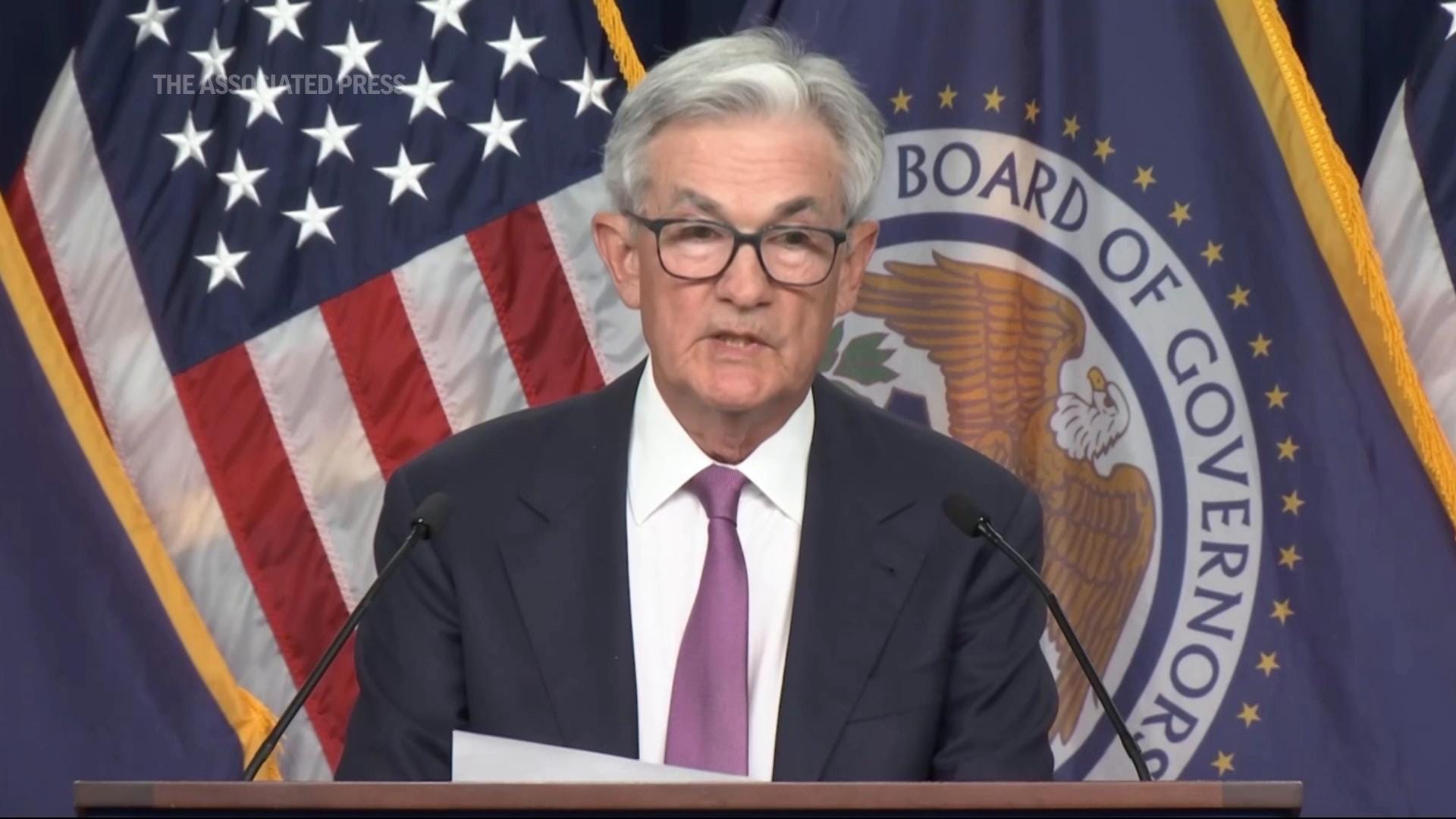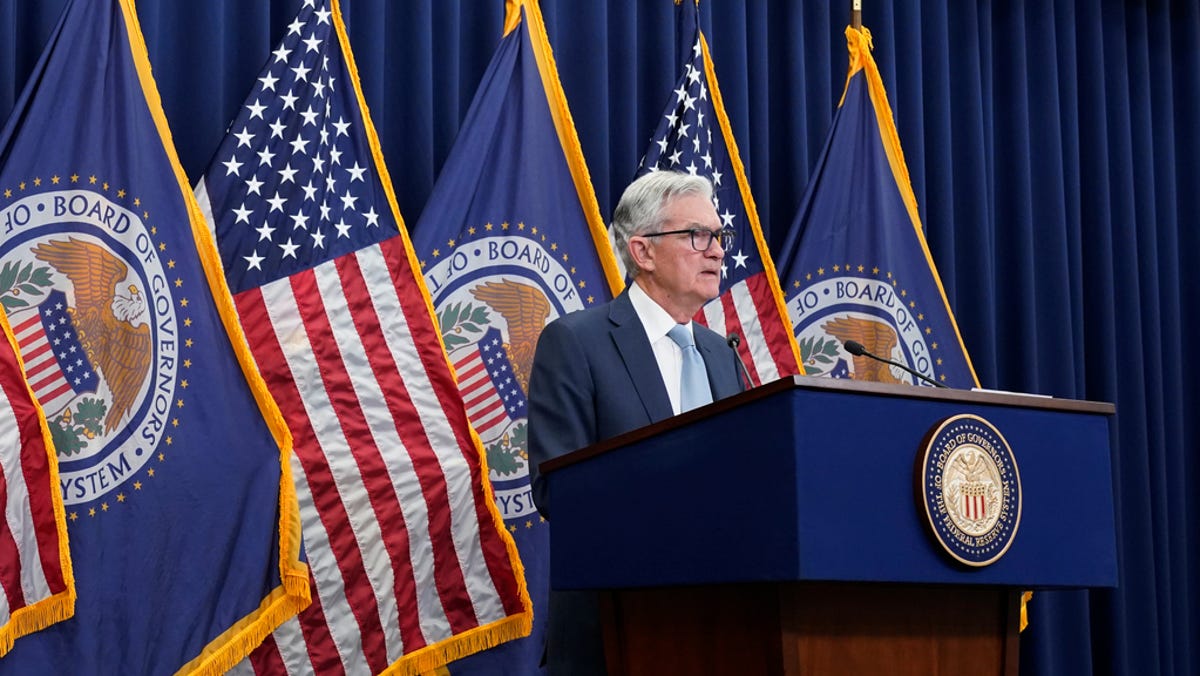
Fed pauses interest rate hikes, two more hikes likely
The Federal Reserve kept its key interest rate unchanged Wednesday after having raised it 10 times to combat high inflation. However, the Fed signaled that it may raise rates twice more this year, beginning as soon as next month. (June 14)
AP
The Federal Reserve has been on a mission the past 14 months, raising interest rates at the fastest clip in 40 years to cool a historic inflation spike.
The Fed took a breather this past week, holding its key rate steady for the first time since January 2022 to assess how its campaign has affected an economy that’s widely expected to topple into a mild recession later this year.
But it offset that market-friendly message by forecasting two more rate increases this year.
How do interest rate hikes reduce inflation?
When the Fed raises its federal funds rate – the rate banks charge each other for overnight loans – the increase ripples across the economy, bumping up rates for mortgages, credit cards, home equity lines of credit and auto loans, among other types of loans.
Why?
If banks have to pay a little more in interest to borrow money, they need to charge their customers more so they can maintain their profits.
Consumers, in turn, have to pay more to take out a home mortgage, buy a car and put purchases on a credit card. At least in theory, they become less likely to make those big-ticket purchases or go on shopping sprees.
Similarly, businesses that have to pay a higher rate when they issue corporate bonds are less inclined to build new factories, expand their truck fleets or hire more workers.
The softer demand for products and services leads companies to raise their prices less dramatically or possibly even keep them unchanged so they can win your business in a more competitive market that has more sellers chasing fewer buyers. It’s the law of supply and demand.
What happens to stocks when the Fed hikes interest rates?
Another way that Fed rate hikes can cool inflation is by making bonds more attractive than stocks to investors. As investments shift from equities to bonds, the stock market falls, making Americans feel less wealthy and prompting them to spend less. Again, the softer demand causes companies to hold prices steady or raise them just modestly.
How many times has the Fed raised interest rates?
Since March 2022, the Fed has hiked its benchmark federal funds rate at 10 straight meetings by a total of 5 percentage points. That’s the sharpest flurry of rate increases in four decades.
How much is the Fed interest rate today?
The fed funds rate remains at 5% to 5.25% after Fed policymakers decided to keep it unchanged on Wednesday to assess how their rate increases so far are affecting the economy. In March 2022, the rate was still near zero as officials stayed focused on juicing the economy after a pandemic-induced recession.
Why does the Fed want to raise interest rates further?
Inflation overall has come down steadily. But a measure of inflation that strips out volatile food and energy items and that the Fed follows closely, has stayed high for longer than expected. The annual rise in core personal consumption expenditure (PCE) prices – the Fed’s preferred inflation measure — actually ticked up to 4.7% in April from 4.6% in December. Sharp increases in rent and used cars have fueled the core reading.
The Fed believes it needs to continue to push up rates since inflation has responded only modestly to its previous hikes.
What is the market expectation for Fed interest rates?
Financial markets reckon the central bank will hoist its key rate again in July. But they don’t buy the Fed’s prediction of a second additional increase this year. Markets figure the economy and inflation will slow substantially in the coming months, keeping the Fed on hold.
Is deflation coming? Is deflation good or bad? Here’s how it relates to inflation (and your wallet)
Does raising interest rates really lower inflation?
Some critics, particularly Democrats in Congress, say the Fed’s impact on the current inflation episode is minimal and so officials should halt their campaign now to avoid a recession.
They say today’s price surges mostly have been caused by supply chain bottlenecks stemming from the pandemic and Russia’s war in Ukraine rather than excessive customer demand.
They note the price increases already have been moderating as the supply snarls resolve and so the Fed should stand down.

